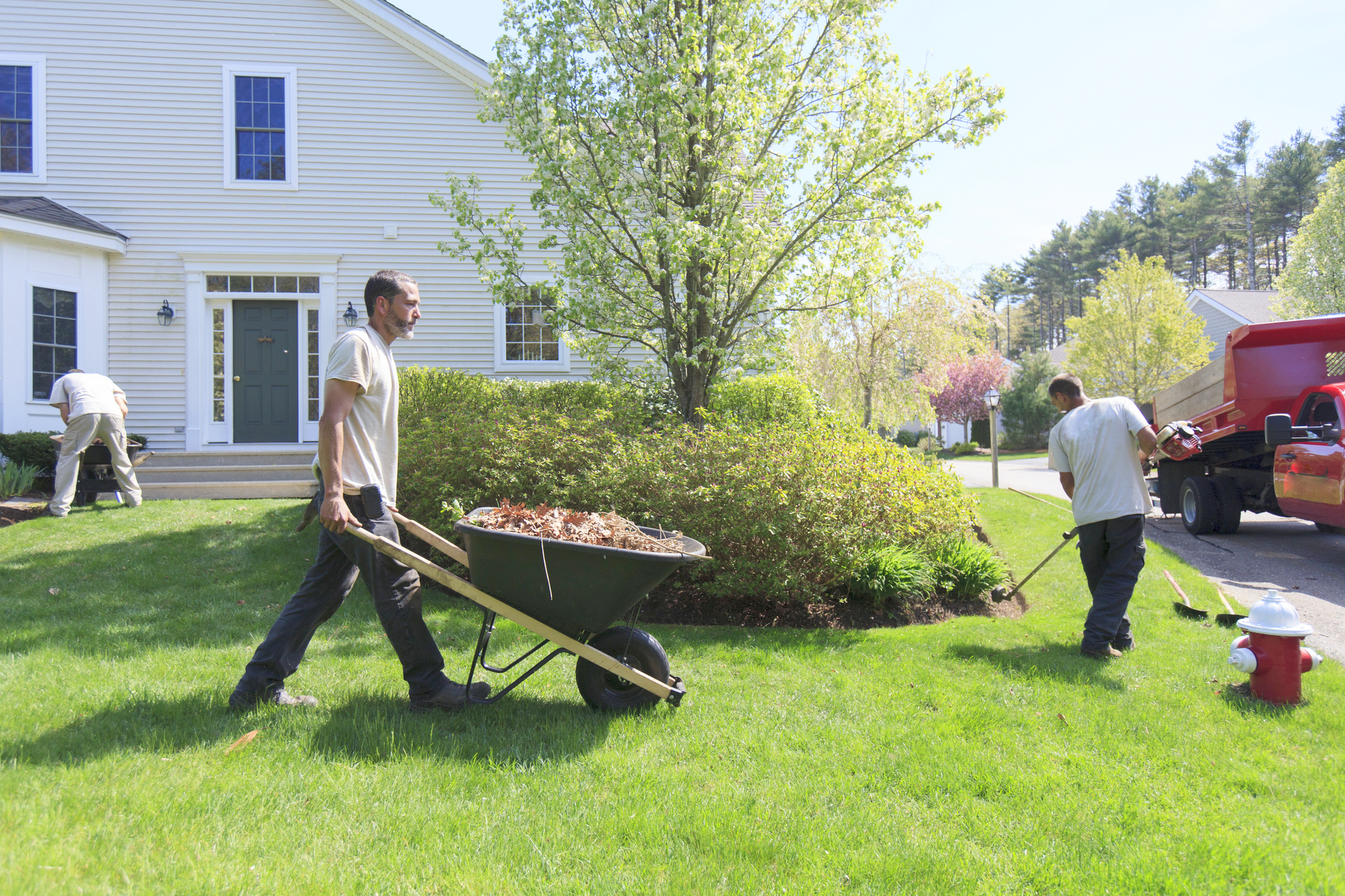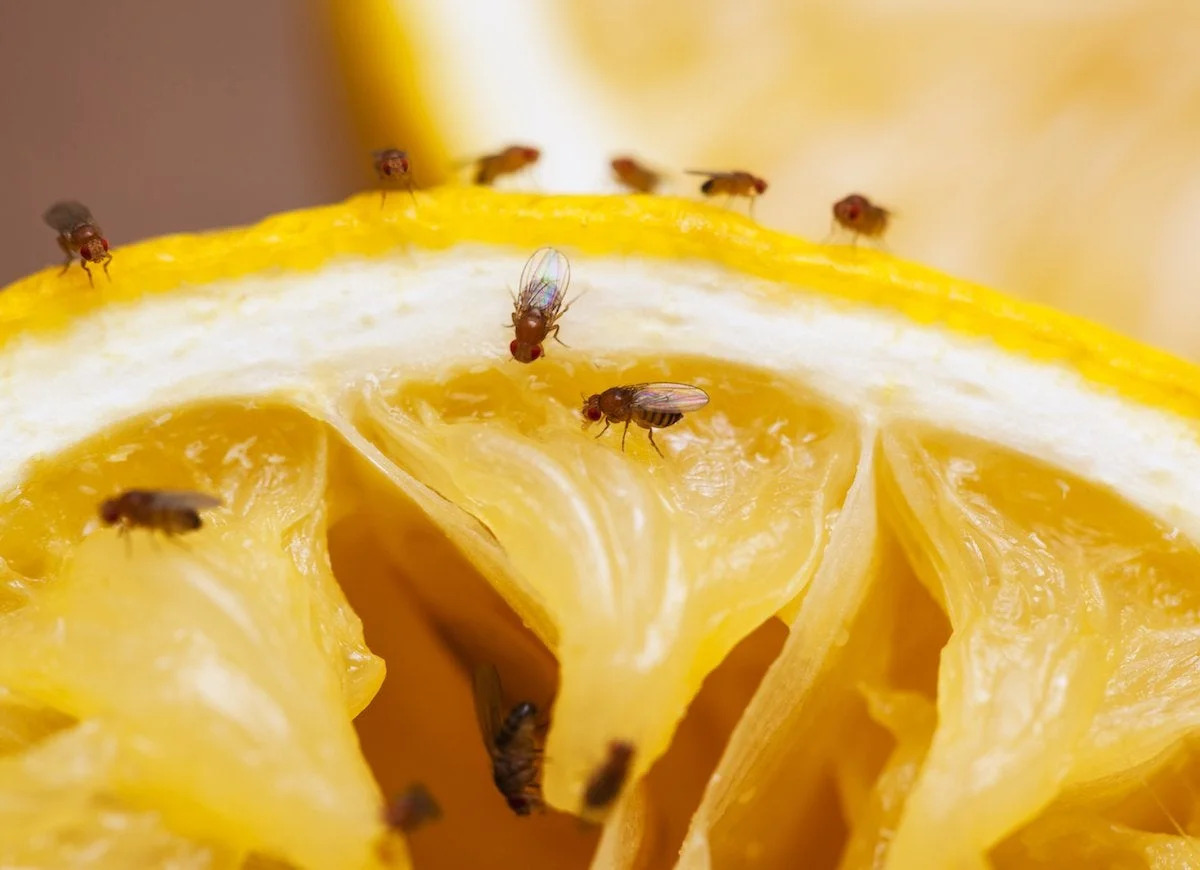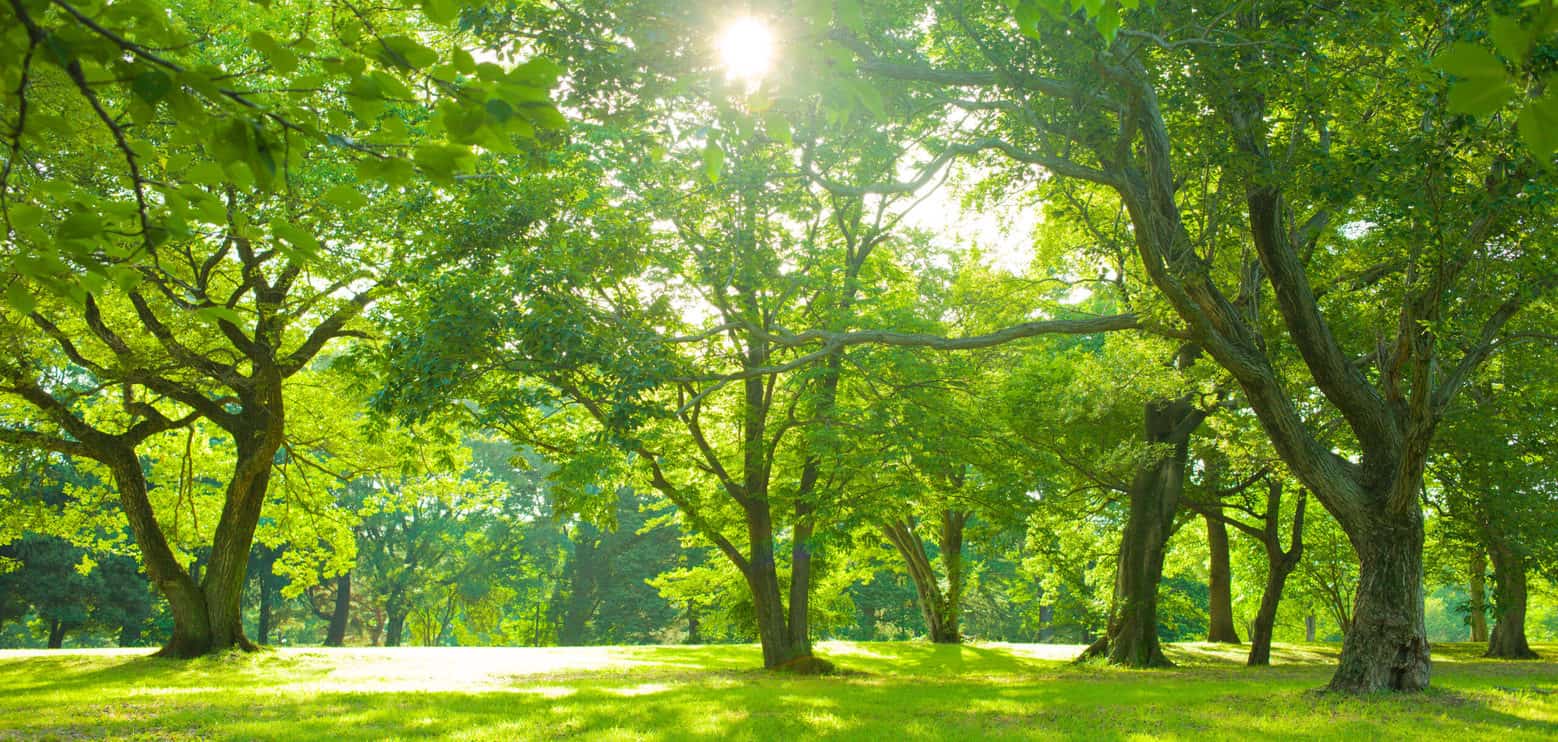Home>Types of Gardening>Ornamental Gardening>Why Bonsai Trees Are So Expensive


Ornamental Gardening
Why Bonsai Trees Are So Expensive
Modified: January 22, 2024
Discover the allure of ornamental gardening with our exploration of why bonsai trees come with a hefty price tag. Uncover the secrets behind their high value and the artistry involved.
(Many of the links in this article redirect to a specific reviewed product. Your purchase of these products through affiliate links helps to generate commission for Chicagolandgardening.com, at no extra cost. Learn more)
Table of Contents
The Art of Bonsai
Bonsai, the ancient Japanese art of growing miniature trees, has captivated the hearts and minds of people around the world. The allure of these meticulously cultivated trees goes beyond their ornamental value; it encompasses a rich cultural heritage and a profound connection to nature. As we delve into the world of bonsai, it becomes evident that the high price tags attached to these living works of art are not arbitrary. Several factors contribute to the premium cost of bonsai trees, making them prized possessions for enthusiasts and collectors alike.
The art of bonsai is a testament to the harmonious fusion of human creativity and the raw beauty of nature. It involves sculpting and nurturing trees to mimic the shape and proportion of their full-sized counterparts, encapsulating the essence of an ancient, majestic tree within a diminutive form. This meticulous process demands unwavering dedication, horticultural expertise, and an artistic vision, which collectively elevate bonsai cultivation to a revered art form.
The allure of bonsai lies not only in its visual appeal but also in the profound tranquility and contemplation it evokes. The miniature trees exude an aura of timelessness, inviting observers to reflect on the passage of time and the resilience of nature. The profound cultural significance and spiritual symbolism associated with bonsai further elevate its stature, making it a cherished art form that transcends mere aesthetics.
As we embark on a journey to unravel the mystique of bonsai, we will explore the intricate factors that contribute to the high cost of these living masterpieces. From the investment of time and patience to the rarity and demand for exceptional specimens, each element plays a pivotal role in shaping the value of bonsai trees. By delving into the interplay of these factors, we can gain a deeper appreciation for the artistry and craftsmanship that underpin the world of bonsai, shedding light on why these miniature marvels command such substantial prices in the market.
The Art of Bonsai
Bonsai, the ancient Japanese art of growing miniature trees, has captivated the hearts and minds of people around the world. The allure of these meticulously cultivated trees goes beyond their ornamental value; it encompasses a rich cultural heritage and a profound connection to nature. As we delve into the world of bonsai, it becomes evident that the high price tags attached to these living works of art are not arbitrary. Several factors contribute to the premium cost of bonsai trees, making them prized possessions for enthusiasts and collectors alike.
The art of bonsai is a testament to the harmonious fusion of human creativity and the raw beauty of nature. It involves sculpting and nurturing trees to mimic the shape and proportion of their full-sized counterparts, encapsulating the essence of an ancient, majestic tree within a diminutive form. This meticulous process demands unwavering dedication, horticultural expertise, and an artistic vision, which collectively elevate bonsai cultivation to a revered art form.
The allure of bonsai lies not only in its visual appeal but also in the profound tranquility and contemplation it evokes. The miniature trees exude an aura of timelessness, inviting observers to reflect on the passage of time and the resilience of nature. The profound cultural significance and spiritual symbolism associated with bonsai further elevate its stature, making it a cherished art form that transcends mere aesthetics.
As we embark on a journey to unravel the mystique of bonsai, we will explore the intricate factors that contribute to the high cost of these living masterpieces. From the investment of time and patience to the rarity and demand for exceptional specimens, each element plays a pivotal role in shaping the value of bonsai trees. By delving into the interplay of these factors, we can gain a deeper appreciation for the artistry and craftsmanship that underpin the world of bonsai, shedding light on why these miniature marvels command such substantial prices in the market.
Time and Patience
Central to the allure and expense of bonsai trees is the extraordinary investment of time and patience required for their cultivation. The process of transforming a sapling into a captivating bonsai specimen is a labor of love that unfolds over years, if not decades. This prolonged timeline is a fundamental factor contributing to the high price of bonsai trees.
From the initial selection of a suitable tree to the meticulous shaping and training of its branches, every stage demands unwavering dedication and a profound understanding of horticulture. The gradual refinement of the tree’s form, achieved through careful pruning and wiring, necessitates a long-term commitment that distinguishes bonsai cultivation from traditional gardening practices.
Furthermore, the cultivation of bonsai trees often involves nurturing them in confined spaces, such as small pots, which restrict their growth and accentuate their aesthetic appeal. This deliberate confinement, coupled with precise care and maintenance, results in the gradual development of the tree’s miniature proportions and picturesque appearance. The deliberate manipulation of the tree’s growth, achieved through meticulous pruning and training, underscores the artistry and patience inherent in bonsai cultivation.
As the years pass, the bonsai tree’s transformation into a living masterpiece unfolds, bearing testimony to the dedication and perseverance of the cultivator. The intricate interplay of time and patience in nurturing these miniature marvels imbues them with a sense of history and resilience, elevating their value beyond mere botanical specimens. Each twist and curve of the tree’s branches reflects the passage of time and the meticulous attention lavished upon it, culminating in a living testament to the art of bonsai.
By recognizing the profound investment of time and patience inherent in bonsai cultivation, we gain a deeper appreciation for the craftsmanship and dedication that underpin these living works of art. The intertwining of time and patience with the art of bonsai serves as a poignant reminder of the enduring beauty that emerges from the passage of time, enriching the allure and mystique of these extraordinary trees.
Rarity and Demand
The exceptional rarity and the ensuing high demand for exquisite bonsai trees significantly contribute to their lofty price tags. Bonsai specimens that exhibit exceptional age, unique aesthetic qualities, or rare botanical features are highly coveted, fueling a competitive market where scarcity amplifies their allure.
One of the primary factors contributing to the rarity of exceptional bonsai trees is the prolonged period required for their cultivation. The scarcity of mature specimens with well-defined, harmonious forms and captivating aesthetics reflects the arduous journey involved in nurturing these living masterpieces. The scarcity arising from the protracted timeline of cultivation, coupled with the finite number of truly exceptional specimens, accentuates their desirability among enthusiasts and collectors.
Furthermore, the demand for exceptional bonsai trees extends beyond mere botanical appreciation; it embodies a profound reverence for the artistry and cultural significance encapsulated within these living works of art. The allure of bonsai transcends traditional horticultural interests, captivating individuals who seek to imbue their surroundings with the timeless elegance and spiritual resonance embodied by these miniature marvels.
The intertwining of rarity and demand in the world of bonsai creates a dynamic marketplace where collectors and aficionados vie for the opportunity to possess these living treasures. The scarcity of exceptional bonsai trees, coupled with the fervent demand stemming from their cultural and aesthetic appeal, results in substantial price premiums that reflect their coveted status within the realm of ornamental horticulture.
By acknowledging the interplay of rarity and demand in shaping the value of bonsai trees, we gain insight into the intricate dynamics that underpin their elevated prices. The convergence of scarcity and fervent demand not only underscores the exceptional nature of these living works of art but also accentuates the profound allure and cultural significance that render bonsai trees timeless symbols of beauty and refinement.
Expertise and Skill
The cultivation and refinement of bonsai trees demand a profound level of expertise and skill, further contributing to their elevated cost. The art of bonsai transcends conventional gardening practices, necessitating a nuanced understanding of horticulture, artistic sensibilities, and the ability to harmonize nature and human intervention. As such, the expertise and skill required to cultivate and shape these living masterpieces are integral to their intrinsic value.
The cultivation of bonsai trees encompasses a multifaceted skill set that extends beyond traditional horticultural knowledge. It requires an acute understanding of tree species, growth patterns, and the intricate balance between root and branch development. Moreover, the artistry of bonsai cultivation demands a keen eye for proportion, aesthetics, and the ability to envision the tree’s future form, guiding its growth through deliberate pruning and training techniques.
Bonsai artisans, often referred to as masters, devote years, if not decades, to honing their craft, refining their techniques, and imparting their unique artistic vision to each tree under their care. The mastery of bonsai cultivation entails a deep appreciation for the natural world, a profound understanding of tree physiology, and an unwavering commitment to preserving the timeless beauty and grace inherent in these living works of art.
Furthermore, the expertise required to cultivate exceptional bonsai trees extends to the preservation of their health and vitality over extended periods. Bonsai artisans possess a wealth of knowledge pertaining to soil composition, watering regimens, and the delicate art of balancing the tree’s confined growing environment with its ongoing nutritional needs. This holistic approach to bonsai care underscores the depth of expertise and skill required to sustain the enduring beauty of these miniature marvels.
By recognizing the profound expertise and skill underpinning the art of bonsai, we gain a deeper appreciation for the intricate craftsmanship that elevates these living masterpieces to the pinnacle of ornamental horticulture. The fusion of horticultural expertise, artistic vision, and unwavering dedication imbues bonsai cultivation with a transcendent allure, highlighting the exceptional skill and artistry that shape these miniature trees into timeless symbols of natural beauty and human ingenuity.
Aesthetic Value
The aesthetic value of bonsai trees serves as a cornerstone of their elevated pricing, encapsulating the harmonious fusion of natural beauty and human artistry within a diminutive form. These living masterpieces embody an unparalleled elegance, evoking a sense of tranquility and contemplation while adorning their surroundings with timeless allure. The aesthetic appeal of bonsai trees transcends mere botanical appreciation, resonating with enthusiasts and collectors who seek to infuse their spaces with the enduring grace and sophistication embodied by these miniature marvels.
The visual impact of bonsai trees stems from their captivating forms, which reflect the passage of time and the meticulous care lavished upon them. Each twist and curve of the branches, every delicate leaf and gnarled trunk, conveys a narrative of resilience and beauty, inviting observers to immerse themselves in the profound tranquility exuded by these living works of art. The aesthetic allure of bonsai trees lies not only in their visual appeal but also in the contemplative atmosphere they engender, enriching their surroundings with an aura of timeless elegance.
Furthermore, the aesthetic value of bonsai trees extends beyond their physical form, encapsulating cultural and spiritual symbolism that elevates them to revered status. These miniature trees embody the essence of ancient, majestic forests, encapsulating the resilience and enduring beauty of nature within a diminutive scale. The profound cultural significance of bonsai, rooted in Japanese tradition and philosophy, infuses these living masterpieces with a transcendent allure that transcends mere botanical appeal.
Moreover, the aesthetic value of bonsai trees is perpetuated by their ability to evoke a sense of harmony and balance within their surroundings. Whether displayed as solitary specimens or as part of curated compositions, bonsai trees imbue their environments with a sense of serenity and refinement, enriching living spaces with their timeless elegance. The aesthetic impact of bonsai trees extends beyond their physical presence, permeating their surroundings with an aura of contemplation and beauty.
By acknowledging the profound aesthetic value inherent in bonsai trees, we gain insight into the enduring allure that underpins their elevated pricing. The captivating beauty and tranquil elegance exuded by these living masterpieces reflect the harmonious interplay of nature and human artistry, enriching their surroundings with a timeless allure that transcends mere botanical appreciation.
Conclusion
The world of bonsai trees is a realm where artistry, patience, expertise, and natural beauty converge to create living masterpieces that captivate the imagination and evoke profound contemplation. The elevated pricing of bonsai trees is a testament to the multifaceted factors that contribute to their exceptional value, transcending mere botanical specimens to embody timeless elegance and cultural significance.
From the meticulous investment of time and patience to the rarity and demand for exceptional specimens, each element plays a pivotal role in shaping the value of bonsai trees. The intertwining of these factors underscores the profound dedication and artistry inherent in bonsai cultivation, shedding light on the enduring allure that elevates these miniature marvels to the pinnacle of ornamental horticulture.
As we unravel the mystique of bonsai, we gain insight into the enduring allure and cultural significance that render these living works of art timeless symbols of beauty and refinement. The aesthetic value of bonsai trees transcends mere botanical appreciation, resonating with enthusiasts and collectors who seek to infuse their spaces with the enduring grace and sophistication embodied by these miniature marvels.
Ultimately, the elevated pricing of bonsai trees reflects the harmonious fusion of natural beauty and human artistry within a diminutive form. These living masterpieces embody an unparalleled elegance, evoking a sense of tranquility and contemplation while adorning their surroundings with timeless allure. The captivating beauty and tranquil elegance exuded by these living masterpieces reflect the harmonious interplay of nature and human artistry, enriching their surroundings with a timeless allure that transcends mere botanical appreciation.
In essence, the high cost of bonsai trees is a testament to the enduring allure and cultural significance that render these living works of art timeless symbols of beauty and refinement. The captivating beauty and tranquil elegance exuded by these living masterpieces reflect the harmonious interplay of nature and human artistry, enriching their surroundings with a timeless allure that transcends mere botanical appreciation.



